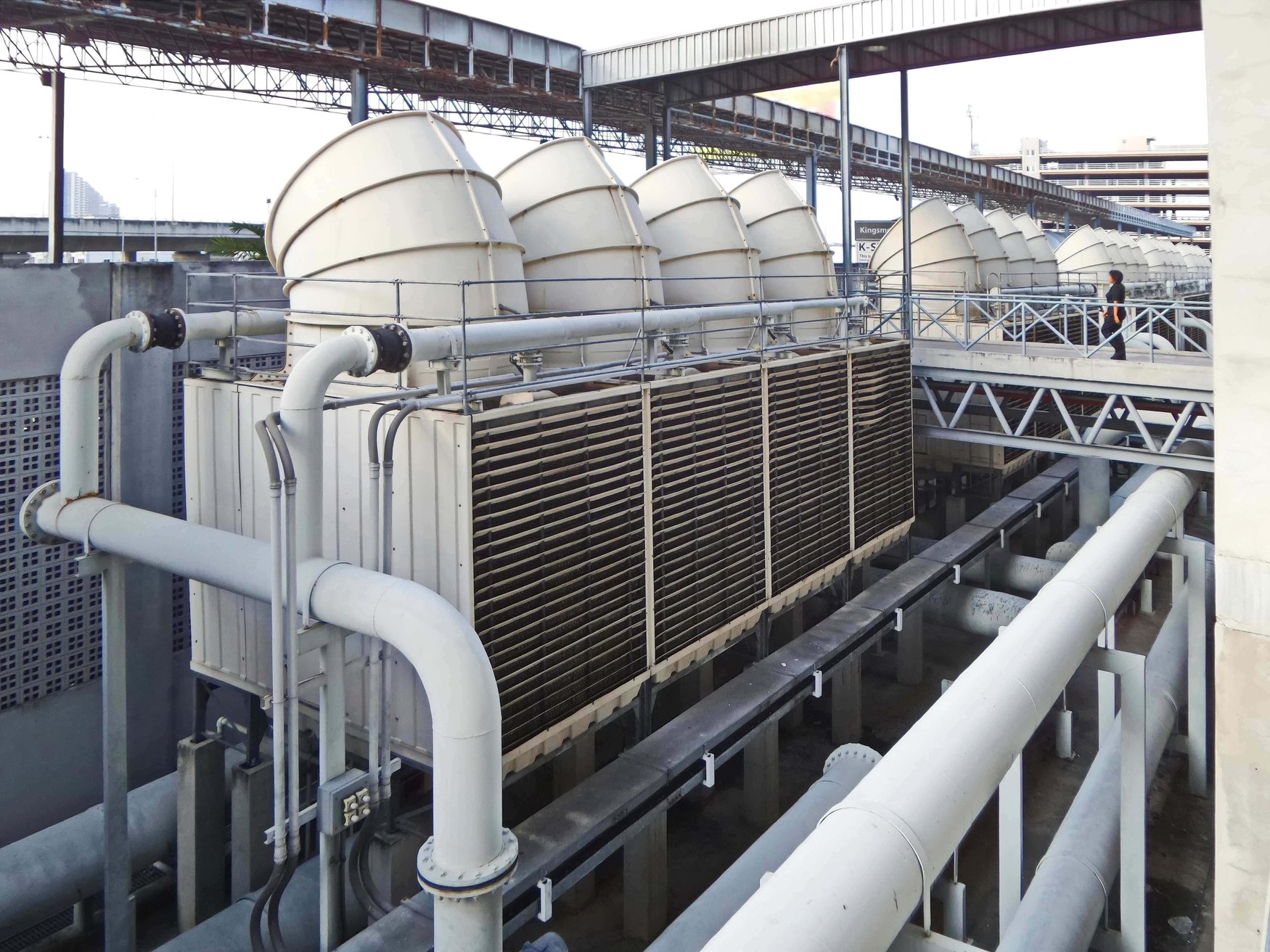What You Should Know About Variable Refrigerant Flow Systems?

The Chicago Motor Club, photo courtesy of Chicago Tribune
Chicago might have earned popularity as the “Windy City”, but other elements of the weather remain as unpredictable as ever. This is why it is advisable to have a suitable heating, ventilation, and air conditioning (HVAC) system in place. The city is considered to be the birthplace of the skyscraper and it boasts of a world-famous skyline. At the moment, the Second City is undergoing a reinvention of itself with the construction of new towers. When the unpredictable weather is taken into account, developers will see how important it is to install the most efficient system available in the market.
This is where variable refrigerant flow (VRF) systems come in. While such setups have long been popular in Asia and Europe, it has only recently made its way to the U.S. market. Ducts are more common in buildings across the country, though things are beginning to change. There are several reasons why the transition is happening, ranging from the amount of control to energy efficiency to cheaper costs.
In a 2013 study conducted by the Georgia Institute of Technology, it was revealed that office buildings in Chicago can save up to 46.5% on power bills if they use a VRF system. It is true that it may cost more in the beginning but the former is actually more cost-efficient in the bigger picture. The same research showed that a VRF system has a total life-cycle cost of $2,255,722 whereas an HVAC system sets building owners back by $2,329,981. This means that individuals who opt for a VRF system can save 3.2% of the cost over the lifetime of the system.
Equipping a Chicago building with VRF systems can be done in two ways:
- installation of the system in a newly constructed building which means that it is incorporated into its technical designs and plans
- retrofitting and modifying an existing building and installation of a VRF system (ex. Chicago Motor Club building and the Studio Gang Building – formerly the Polish National Alliance building )
History of Variable Refrigerant HVAC
Variable refrigerant flow (VRF) systems were first introduced in Japan back in the 1980s. It made its way to the United States sometime around the early 2000s as an affordable way to cool and heat commercial spaces. In general, the systems consist of multiple indoor air handling units, an outdoor inverter compressor, and low-temperature and high-temperature gas and pressure lines.
It is important to take note that the systems only make use of refrigerant. There is no water involved in the process. There are both ductless and ducted VRF systems. In the latter type, it is possible to route the air directly to the handing units.
When one turns on the system, the coolant travels from the compressor to the handling units that contain both a fan and coil. When air flows over these two pieces of equipment, heat is then converted between the coolant lines and the air. Afterward, the fan blows the treated air into the indoor space.
The VRF system is most suitable for buildings with multiple subdivisions. It provides excellent local control to hotels, office buildings, and apartment blocks. The configuration is ideal when you take into account that not every room requires constant heating and cooling, especially there will be several spaces unoccupied at any given time. Older buildings will also do well with being retrofitted with such a system as it can lengthen the lifespan of the building.
Pros of a VRF System
There are several benefits when you install a VRF system. The following are some of these advantages:
- The system offers customizable options for installation.
- It is generally an energy-efficient system.
- The setup offers better indoor comfort.
- There are multiple individual zoning controls to choose from.
- Unlike other HVAC systems, it is relatively quiet.
- It boasts of state-of-the-art and efficient control options.
- The users have precise control over the coolant flow.
- There are multiple speed compressor settings.
- The maintenance and cleaning operations are easy and hassle-free.
- The equipment takes up a small amount of space.
- It can help reduce the costs of electricity bills in the long run.
Cons of a VRF System
No product or system is perfect, however. The pros are always accompanied by cons. VRF systems have the following disadvantages:
- It generally requires a more expensive installation.
- There is a possible need for a backup heating system.
- It should only ever be installed by a professional HVAC contractor.
Types of Variable Refrigerant Systems
There are three common types of variable refrigerant systems. Before purchasing any of the following, it is imperative to determine which one fits your budget, complements the available equipment, and local weather conditions. They are as follows:
- Cooling Only VRF Systems
This type functions similarly to a regular air conditioning system. Turning it on removes the heat from the air in an indoor area to keep the space cool. It does not generate heat and this often means the homeowners will have to turn to a separate heating system such as baseboard heaters and radiators during the cooler seasons.
- Heating or Cooling VRF Systems
On the other hand, this category of VRF systems is comparable to central climate control equipment that comes with both a furnace and an air conditioner. Users can choose to set it to either cooling or heating, but never at the same time. When it is set to cool, the system will provide cool air. When it is set to heat, the system will provide warm air.
- Heating and Cooling VRF Systems
Meanwhile, the final system offers the ability to cool and heat at the same moment. This is useful if one is planning to implement the system over a large expanse of space. It can be set to cool in some indoor units and to heat in others.
An efficient HVAC system is necessary for any high-rise building. It will help maintain the health of both the edifice and the people staying in the individual rooms. An ineffective or poorly-maintained setup will definitely cause low indoor air quality, an inconsistent flow of air, noise transmission, high repair costs, and loss of efficiency. Many of these issues will be resolved by the installation of VRF technology. Regardless of the type of building.VRF systems are at the forefront of the growing green movement. Anyone concerned with energy efficiency and environmentalist efforts will admire multiple features of this new eco-technology. However, while there are numerous advantages that come with it, always remember to hire the services of a licensed HVAC contractor for the installation. After all, a poorly installed system might end up costing the developer much more than expected in the long run.

Michael Tobias
Michael Tobias, the Founding Principal of NY Engineers, currently leads a team of 50+ MEP/FP engineers and has led over 1,000 projects in the US
Join 15,000+ Fellow Architects and Contractors
Get expert engineering tips straight to your inbox. Subscribe to the NY Engineers Blog below.


